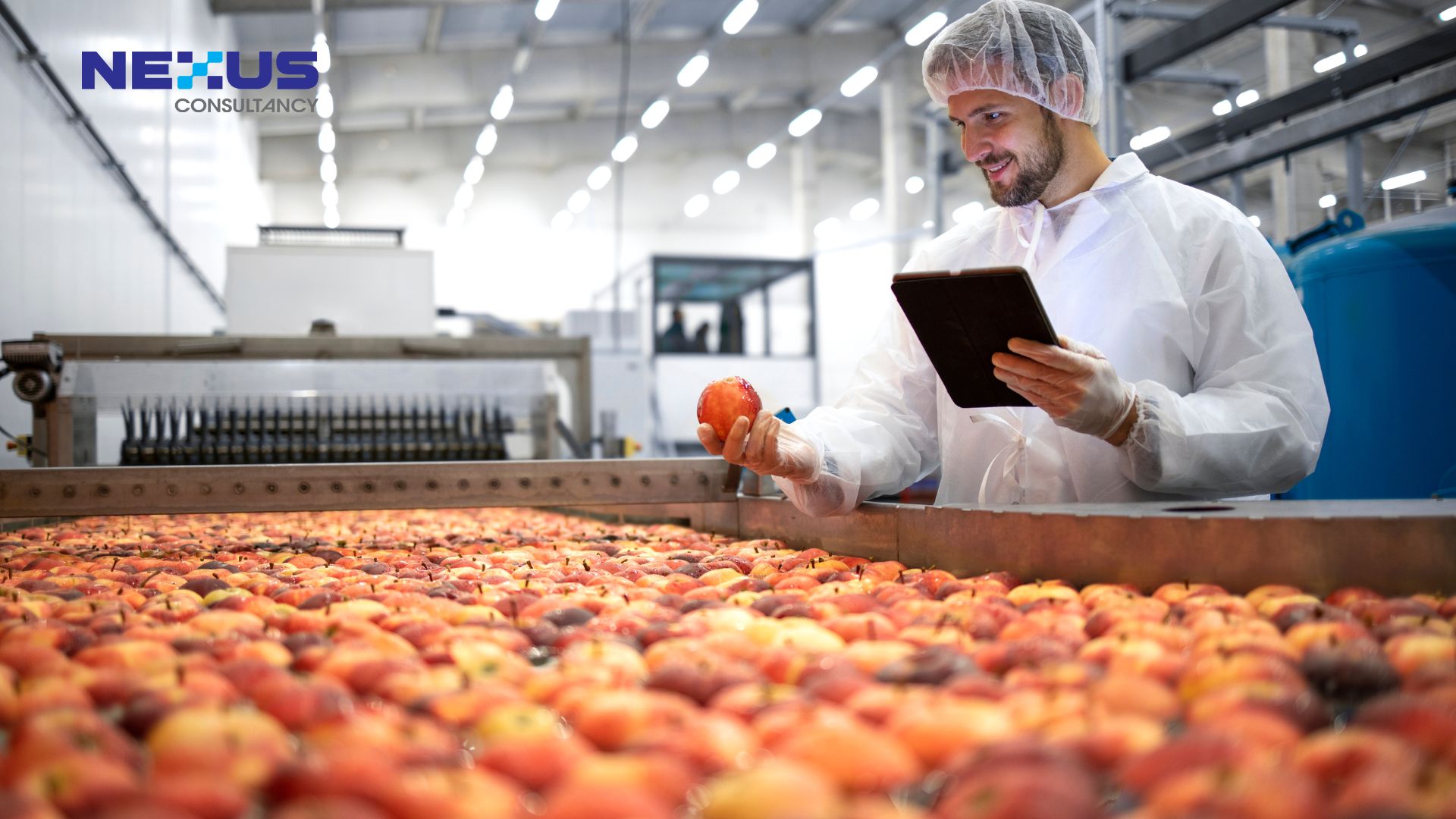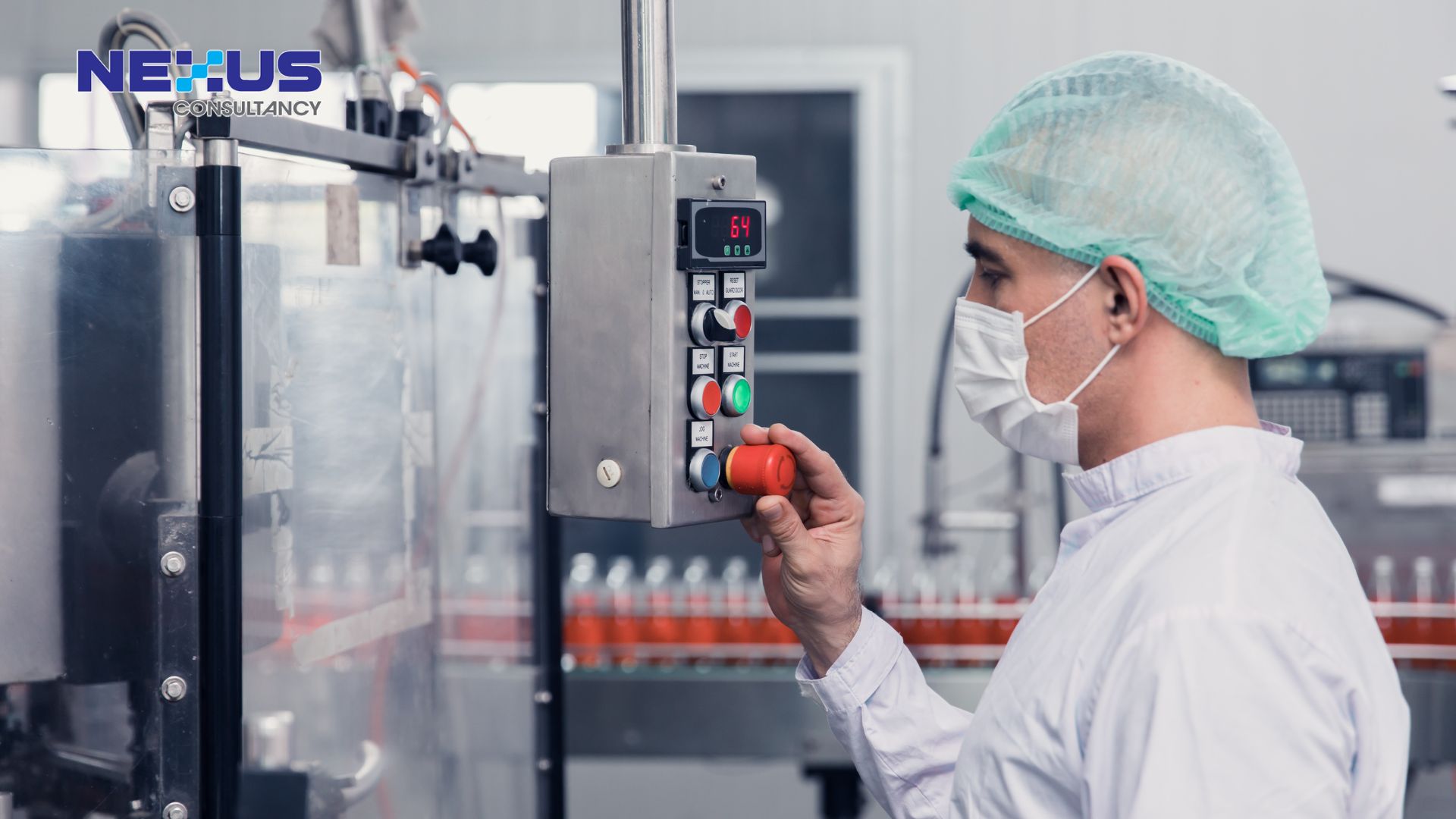
Danielle Tan
Chief Operating Officer
The ISO 14064-1 standard provides guidelines for organizations to quantify, monitor, and report greenhouse gas emissions and removals. This aims to explain the purpose and scope of ISO 14064-1, helping readers understand its importance in greenhouse gas reporting and environmental management.

People are the critical component of any food safety culture. Our behavior and activities, from processes on the farm to practices in the kitchen, as well as consumer habits prior to eating the food, contribute to the safety of food and potentially decrease or increase the risk of foodborne illness.
When we say “People,” we mean everyone involved in the food industry, from the farm and fishing boat to processing, packaging, distribution, and serving. This includes people in distribution, marketing, sales, customer service—basically, everyone in the entire food chain. Important activities in the People aspect cover everything from hiring and training to building skills, educating, and empowering employees. Alongside setting up proper rules and measures, an organization should establish a strong system of rewards and consequences. Encouraging a sense of personal responsibility and making sure everyone understands their crucial role in upholding the organization’s food safety standards can help build a lasting food safety culture.
When we break it down to the basics, the People part is about knowing the essentials of food safety, giving everyone the tools, they need for a safe food environment (like knowledge, standards, measurements, and accountability), and letting them use their skills to keep good food safety practices. Teaching and learning are crucial in the People part. It’s not just about training frontline workers; it’s just as important for bosses and supervisors. Each group has specific training needs related to food safety.
Besides making good food safety training for a varied group of workers and making sure they understand it, it’s important to figure out the best ways to teach it. Learning can happen through on-the-job training, classroom lessons, self-study, coaching, and mentoring. The training content needs to match what each person needs for their job, and employees should be able to use what they learn at work. Trainers should really know their stuff, both the theory and how to do things and, of course, they should be good at explaining things.

Guidance of Auditing the Training Element
- Assess the overall training program of the organization, including the content e.g. evaluate the organization’s training procedure, training matrix and records of training, and determine whether it addressed relevant topics.
- Assessment of competency during the interview of personnel on the shop floor. E.g. check for level of comfort in having a conversation on the topic directed at any person along the production line, not just the team leaders or supervisors.
- Verify evidence that personnel have participated in food safety training, including whether personnel undertaking activities related to CCPs and OPRPs have been trained in this regard and whether they were assessed and found competent. E.g. request retained evidence of training such as attendance registers and written tests/ signed-off records of on-the-task observation and allow sufficient time to stand and observe employees at work during production and look out for good practices. This also applies to training on quality control parameters.
- Verify that the organization’s training program addresses hazard and risk management controls in personnel’s area of work and what actions would be taken in the case they were not adhered to. Evaluate documented evidence that this training was undertaken.

GFSI Guiding Question
- When was your last food safety training, and what did you learn?
- How do you educate staff to understand why the hazard and risk management controls in their areas are so important, and what would be the consequences of not following them?


Conclusion
People are super important for keeping our food safe, from the farm to when we eat it. The “People” part involves everyone in the food chain, focusing on hiring, training, and making sure everyone knows their role. Setting rules, having rewards, and consequences help make food safety stick. It’s about knowing what to do to keep food safe, and training is key for everyone, not just the workers on the front lines. Checking how well the training works, making sure everyone can handle their job, and thinking about hazards are all part of making sure our food stays safe.
Take the First Step Towards Excellence! Contact us today to learn more about how your organization can elevate your food safety standards and establish a culture of excellence within your organization.
Take the First Step Towards Excellence! Contact us today to learn more about how your organization can elevate your food safety standards and establish a culture of excellence within your organization.






